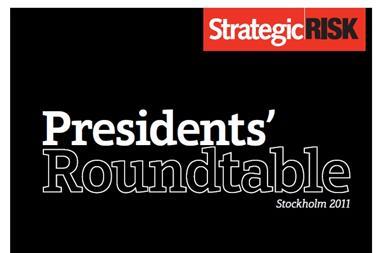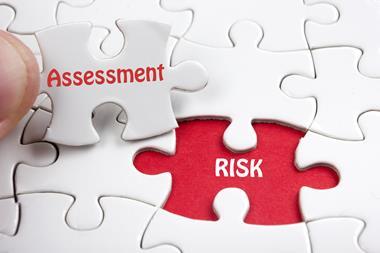The economic turmoil has exposed flaws and inefficiencies in corporate treasury departments that is costing companies much more than they realise, according to a survey

The Great Contraction, as some economists are calling it, has greatly multiplied the problems facing corporate treasurers while exposing flaws in treasury functions.
As McKinsey researchers Tim Hesler, Kevin Laczkowski and Paul Roche point out in a November survey of 170 companies worldwide, “too many corporate treasuries [were] left lagging behind on even core activities in their home markets”. In short, they were found out by the crisis and its continuing aftermath.
Deficiencies covered the gamut, the researchers say. Cash management, banking, debt and funding, investments, and risk management for currencies and interest rates - few firms were up to speed.
The price of these shortcomings is probably higher than many treasurers believe. It includes higher interest costs because of over-borrowing, unhedged exposures in currencies and interest rates, needlessly high tax payments (especially when cash moves through tax-heavy regions), and damage caused by fraud.
But arguably the highest price is paid in loss of liquidity. A dearth of funds may mean missed financial covenants, trigger a scramble for high-priced short-term debt, result in credit-rating downgrades or, in the worst but sadly common scenario of the last three years, tip a company into bankruptcy.
The good news is that there are several tried and tested ways of raising your game.
1. Make the most of your working capital
Stephan Benckendorf of consultancy Hanse Orga says every company has an internal capital market that can be tapped for liquidity.
“Corporates can often find potential capital that had not been explored,” he says. Just one important element is days sales outstanding (DSO): efficiency gains of 10%-30% are possible through more timely payments from customers.
Make this happen by automating instruments such as processing of bank statements, remittance advice, lock boxes and other cash application measures. Accounts payable can be given the same treatment. The return is counted in reduced bank costs.
2. ‘Cash pooling’
This means the surpluses of a subsidiary are routinely identified and tapped to maintain liquidity across the business or even invested in short-term opportunities.
3. Real-time visibility avoids expensive mistakes
With transparent cash balances and bank accounts (see box, opposite), treasurers can measure exactly the organisation’s liquidity. “Treasuries should pull down these files automatically through a scheduled routine before they start their business day,” says financial risk management consultancy Reval’s vice-president
Jason Torgler.
4. Accurate cashflow forecasting is essential
According to McKinsey’s researchers, “nearly half of the treasurers surveyed reported their cash forecasting was less than 80% accurate”. The chief financial officer of one international airline did not know if he would have the money to pay for aircraft when they were due
for delivery.
5. Run “what-if” cash scenarios
This will determine where the company would stand in the event of liquidity-affecting shocks, such as major commitments on essential infrastructure like aircraft.
The global treasurer at one US-based conglomerate woke up his far-flung team with a 5am telephone call announcing a simulated disruption. The resulting hasty tests helped hone operational readiness for the
real thing.
6. Maintain higher than normal cash balances
“This is particularly true as bank relationships and fee structures change, counterparty risk exposures evolve, and foreign exchange markets continue to be volatile as the result of the eurozone crisis,” adds Reval’s Torgler.
7. Invest in better systems that can avoid expensive mistakes
Spreadsheet-based programmes are now considered inadequate because they can mislead management into borrowing instead of investing, or making unnecessary hedging and other wrong decisions.
The treasurer of a US-based agrichemical group wired $80m (€59m) to the wrong payee in the wrong country because of a simple data error. By the time the mistake was discovered, currency rates had moved against the company and it cost a lot more than $80m to
unwind the payment.
8. The ultimate solution for turbulent times could be a dashboard in a ‘treasury cockpit’
The best companies are installing F1-style read-outs that flash warnings about liquidity risks specific to the group.
The alerts may highlight at-risk payments, breaches of counterparty limits, mistakes in cashflow forecasts, imminent breaches of bank covenants and other potential liquidity threats.
Accounts can grow like topsy
Companies with cross-border operations typically end up with a high-risk plethora of bank accounts.
Some treasurers don’t even know how many they have, but most global organisations own up to about 850 accounts, while even the best have
around 200.
But the rewards of figuring them all out are considerable, as one heavy-materials company found after analysing cash balances in 300 accounts in 25 countries.
The treasurer discovered the company held a daily average (taken over three months) of over $80m. And as none of it was invested, the cash was doing nothing.




















No comments yet